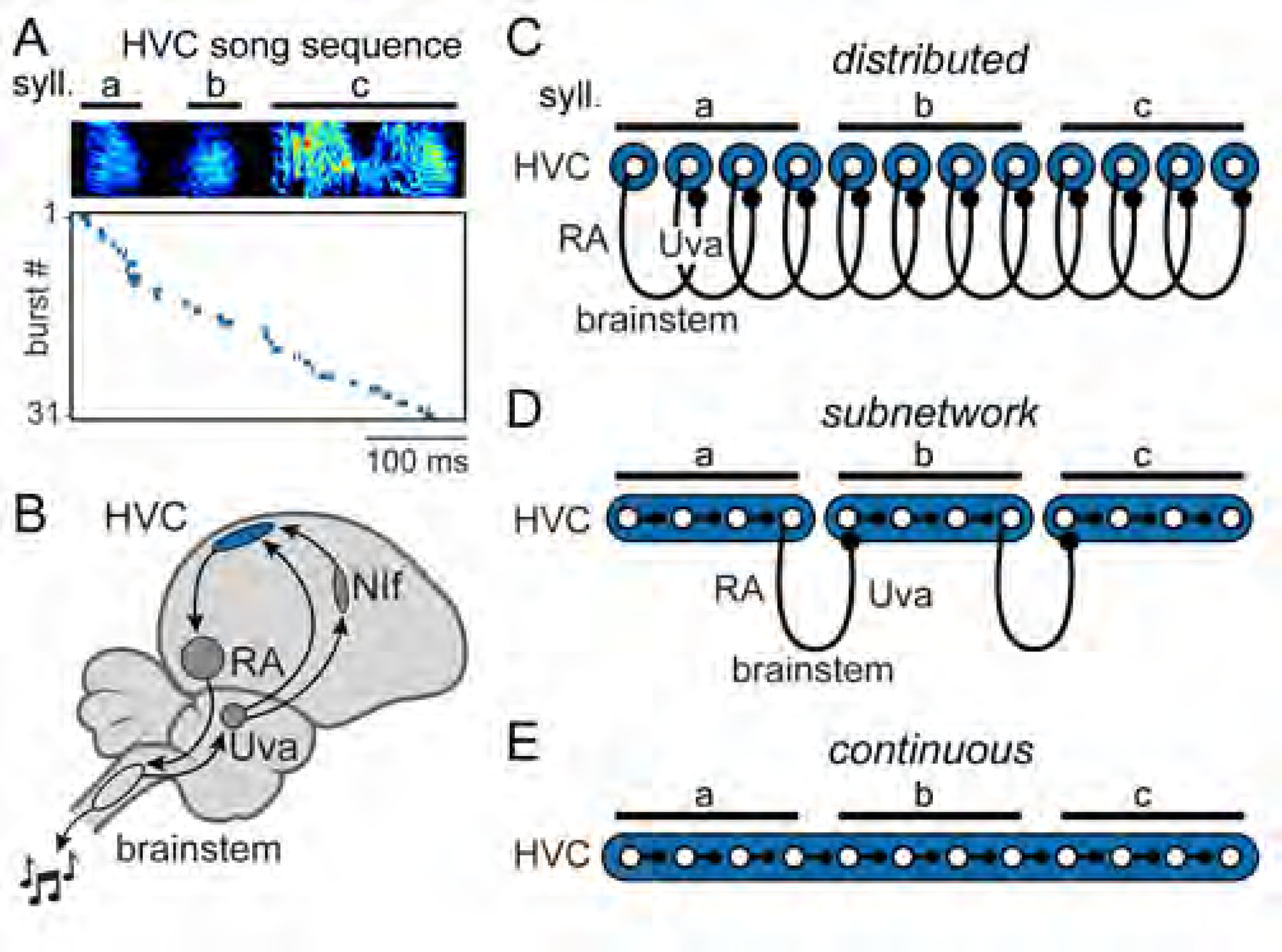Figure 1. Models of premotor sequence generation.

(A) Activity of simultaneously recorded HVC projection neurons during singing (top: song spectrogram) in an adult zebra finch (n = 31 burst events). HVC recordings replotted from a previous data set (Egger et al., 2020).
(B) Zebra finch song control system, including HVC (proper name), robust nucleus of the arcopallium (RA), nucleus Uvaeformis (Uva), and nucleus interfacialis of the nidopallium (NIf).
(C-E) Three models of HVC organization. Distributed model: HVC local connectivity is not capable of moment-to-moment sequence propagation. Subnetwork model: HVC is functionally divided into discrete subnetworks. Continuous model: local connectivity is sufficient to link sequentially active neurons throughout the duration of the song.
